COOK – Pudding to power
Discover how WASE’s miniWASE pilot system is helping COOK cut waste, reduce emissions, and generate clean energy on-site. By transforming pudding waste into biogas.
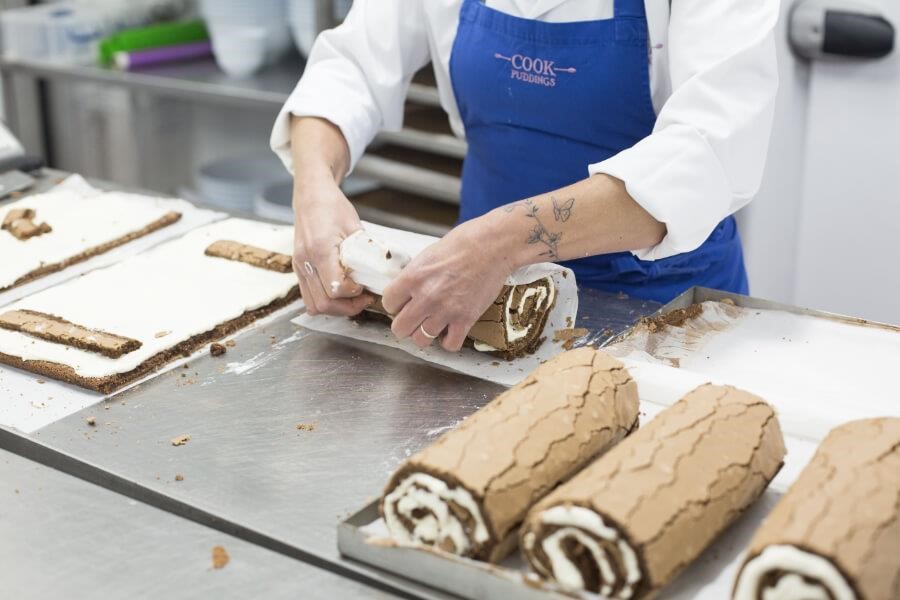
The challenge
Gethin Rowlands and Rheinalt Williams are business partners who own and operate the Pennant Dairy Farm in Snowdonia in North Wales, milking 300 Jersey x Friesian dairy cows. They currently produce 1,500,000 litres of milk a year. Similar to other dairy farms, it generates large volumes of slurry within the milking sheds that are currently discharged into slurry pits.
Our solution
The partnership wanted to look at extracting the energy value from their cow slurry to decarbonise the farm and enable them to meet incoming regulations. The project brought with it significant carbon reductions due to decreased methane emissions from the slurry pits, alongside the renewable energy generation.
*324 MWh of renewable electricity will power the farm all year round and will export additional energy to the grid, creating income diversification for the farmer. The recovered heat from the CHP unit will heat water for cleaning milking pipes twice a day.
The world’s largest commercial electro-methanogenic reactor, a WASE EMR system. A next generation anaerobic digestion system that converts organic waste into carbon neutral energy. The system is made up of a pump and control room, which pumps cattle slurry through the WASE system and controls the various valves, sensors and devices.
The pumps then feed the cattle slurry to the WASE EMR reactor, inside a 40ft shipping container, housing the novel WASE electrodes, where electrically active bacteria break down organics and convert them to methane rich biogas.
The biogas is collected in a 45m3 gas container sited on top of the WASE EMR reactor, this gas is then cleaned and scrubbed removing impurities and moisture, before being fed to a CHP that converts the biogas into heat and power for use by the farm.
The site was space constrained as there was only a small channel of flat land available, sited between the dairy milking shed and a slate cliff. Fortunately, the modular nature of the WASE EMR system meant that it could be installed in a linear fashion in a small footprint of only 33m x 5m.
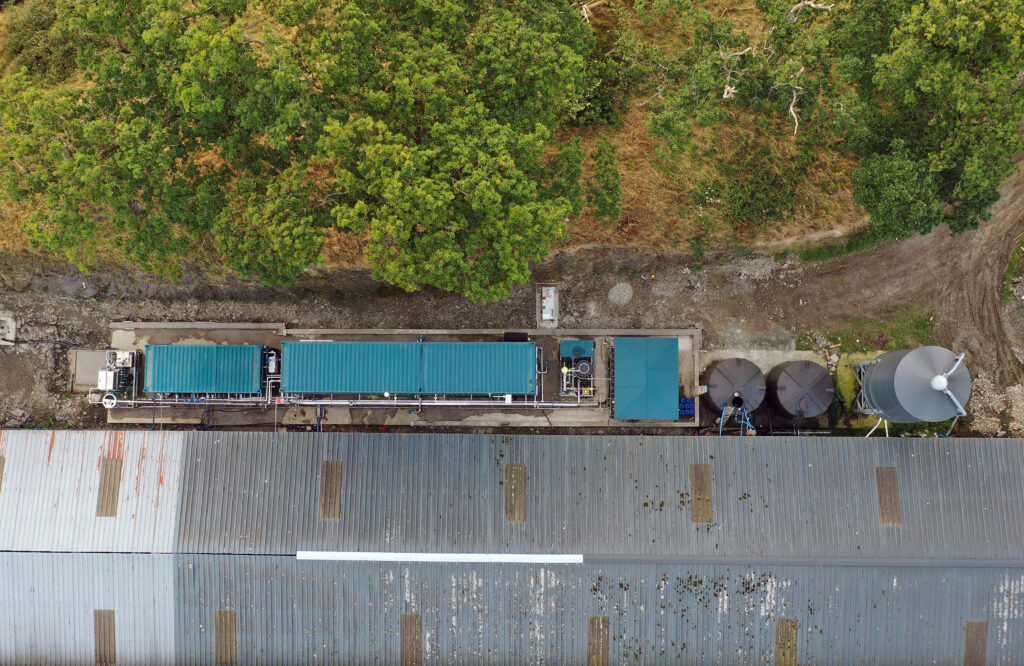
The Welsh dairy industry is facing challenges in that the price of milk is being driven down, and energy costs are increasing, meaning that margins are being challenged. To build resilience into their business, Rheinalt and Gethin decided to explore the conversion of the cattle slurry into biogas to reduce reliance on grid purchased energy. The system is designed in such a way that it should generate a net electrical output that the farm can sell to the grid, when it’s not needed offering a valuable source of revenue diversification, protecting margins and ensuring that the business can thrive for many years in the future.
WASE were successful in receiving a Department of Energy Security and Net Zero (DESNZ) grant, awarded under the Energy Entrepreneurs Fund. This grant was awarded to WASE to develop and deliver a system that optimised anaerobic digestion by increasing methane yields and operating at lower temperatures. WASE then found a candidate farm for the deployment of the WASE electro-methanogenic reactor system and the project progressed from there!
The system has been operating since January 2025 and has delivered some breakthrough performance results:
These milestones demonstrate a step-change over standard anaerobic digestion systems, which run at higher temperatures, are larger in size, take longer to convert waste into biogas and achieve a much lower biogas yield than the WASE EMR system. The WASE EMR system sets a new benchmark for efficient, scalable and sustainable waste-to-energy conversion.
The system did have a few operational challenges that the WASE team had to respond to. Firstly, the size of solids in the slurry varied significantly, which meant that pump specification had to be carefully selected to ensure that pumps didn’t block up with straw! The DESNZ grant that funded the project wanted to explore operation at a low temperature, 25˚C is cooler than most microbes operate at, when the temperatures are cooler the bacteria are less efficient, affecting the overall biogas yield, however the WASE team were impressed at the high methane yield generated even at the low operational temperature of 25˚C. In future the WASE team will increase the EMR temperature and then report on the added biogas yield that the higher operational temperatures deliver, helping to determine the most economical operating conditions for EMR.
As the operational hours of the system continue to rise the WASE engineering and science teams are looking to subtly alter the operating conditions to see if they can extract even more energy from the cattle slurry by improving the overall mass and energy balance.
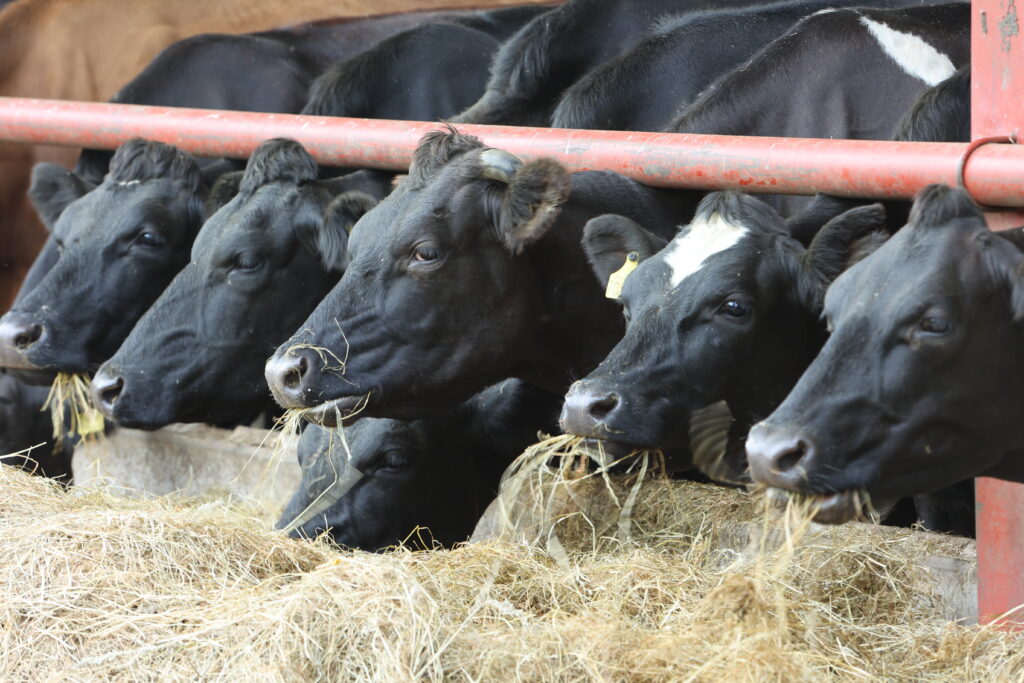
Gethin: ‘The ability to generate energy from our cattle slurry to offset grid purchased energy, lowering costs and offering a new revenue stream is an exciting development in our business. The hands-off site operation of the WASE system is also a real bonus; the WASE team dial in to remotely monitor and optimise the system without requiring lots of site time.’
Rheinalt: ‘One of our biggest costs as a dairy farm is electricity, which has increased by a significant amount in recent years. We were looking for a solution that worked in the space we had available and would maximise the value of the slurry we produced, that’s where WASE really stood out as a solution.’
The shock of recent rises in electrical prices added to the increasing regulations being enforced on farmers compelled us to look at alternatives to address these problems. We look forward to working with WASE in this new, innovative approach to tackle these issues.
Rheinallt Williams, Partner
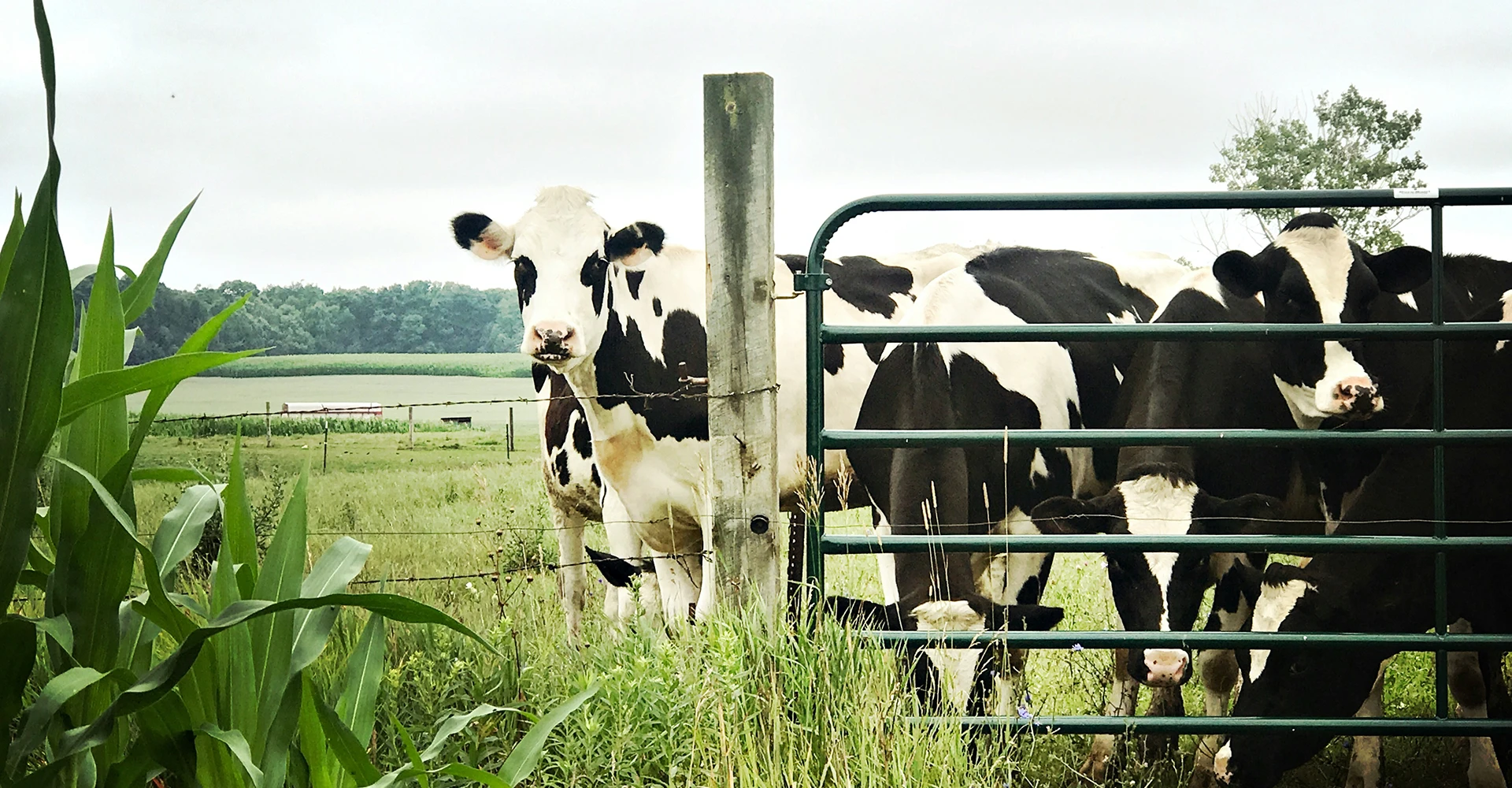

Discover how WASE’s miniWASE pilot system is helping COOK cut waste, reduce emissions, and generate clean energy on-site. By transforming pudding waste into biogas.

We are helping the brewery treat their wastewater on the premises, turning it into biogas on-site and avoiding costly collection and disposal.
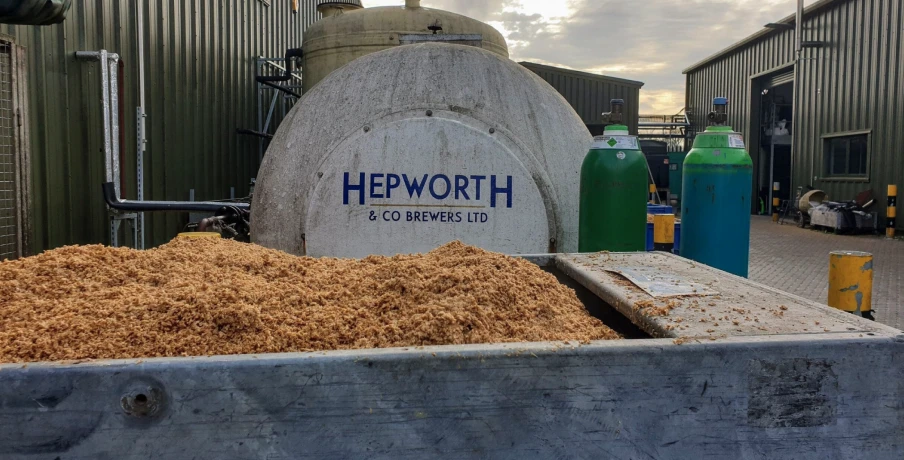
If you’re interested in finding out more about our technology or how we could work together, we’d love to hear from you.
"*" indicates required fields